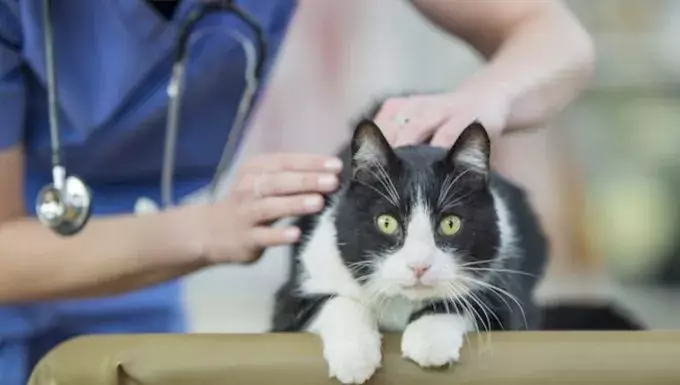Splenomegaly, commonly referred to as an enlarged spleen, is a medical condition that can significantly impact a cat’s health. The spleen, located to the left of the stomach, plays a vital role in filtering blood and storing red blood cells. When this organ becomes inflamed and swollen, it often indicates an underlying health issue that requires immediate attention. Recognizing the symptoms and understanding the potential causes of splenomegaly is crucial for any cat owner.
The signs of an enlarged spleen can manifest in various ways, and being observant can assist in early diagnosis. Common symptoms include lethargy, diarrhea, vomiting, weight loss, loss of appetite, stomach pain, and fainting spells. These symptoms indicate that your feline friend may be in distress, urging you to seek veterinary care promptly. Immediate attention is vital, as the underlying cause of splenomegaly could range from benign to potentially life-threatening.
The causes of splenomegaly in cats are diverse and can be related to several health issues. Bacterial and viral infections are common culprits, as are autoimmune disorders and inflammatory conditions such as inflammatory bowel disease. Additionally, the condition may also arise from more severe issues such as heartworm, tumors, trauma, fungal infections, or heart failure. Understanding the range of possible causes can help guide veterinarians during the diagnosis and treatment process.
When you take your cat to the vet, a thorough examination will be conducted to determine the cause of the splenomegaly. The veterinarian will begin by asking you about your cat’s symptoms and medical history. A physical examination will follow, often complemented by blood tests and urine analysis. Diagnostic imaging techniques like X-rays or ultrasounds are also common to assess the spleen’s condition. Fine needle aspiration may be performed to collect cells for laboratory analysis, which can clarify the diagnosis further.
Treatment for splenomegaly primarily focuses on addressing the underlying cause. For bacterial infections or parasites, antibiotics or antiparasitic medications may be prescribed. In addition to medications, ensuring your cat has a quiet and supportive environment during recovery is essential. In some cases, if the spleen is severely compromised or poses a significant health risk, a splenectomy—the surgical removal of the spleen—might be necessary. Post-surgery, it’s imperative to limit your cat’s physical activity as they recuperate.
Caring for a cat with splenomegaly can be a daunting experience, but understanding the condition is the first step toward effective treatment. If you suspect your cat is experiencing any symptoms associated with enlarged spleen, consult your veterinarian as soon as possible. Early intervention can make a significant difference in the outcome and overall wellbeing of your feline companion. Have you had a similar experience with your cat? Sharing your journey may help others navigate this challenging situation.


Leave a Reply